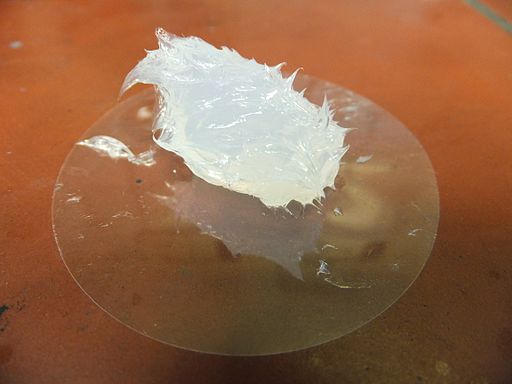Silicone Rubber
Goodyear Rubber Silicone Rubber parts which are known for their resistance to weather, acids, ozone, oxidation, staining, water and sunlight. Silicone rubber is different for other elastomers in that it is built on inorganic silicon and oxygen atoms. Silicone is inorganic. It does not occur as a single element in nature. All other elastomer types … Continued
 (909) 987-1774
(909) 987-1774 Email Us
Email Us








